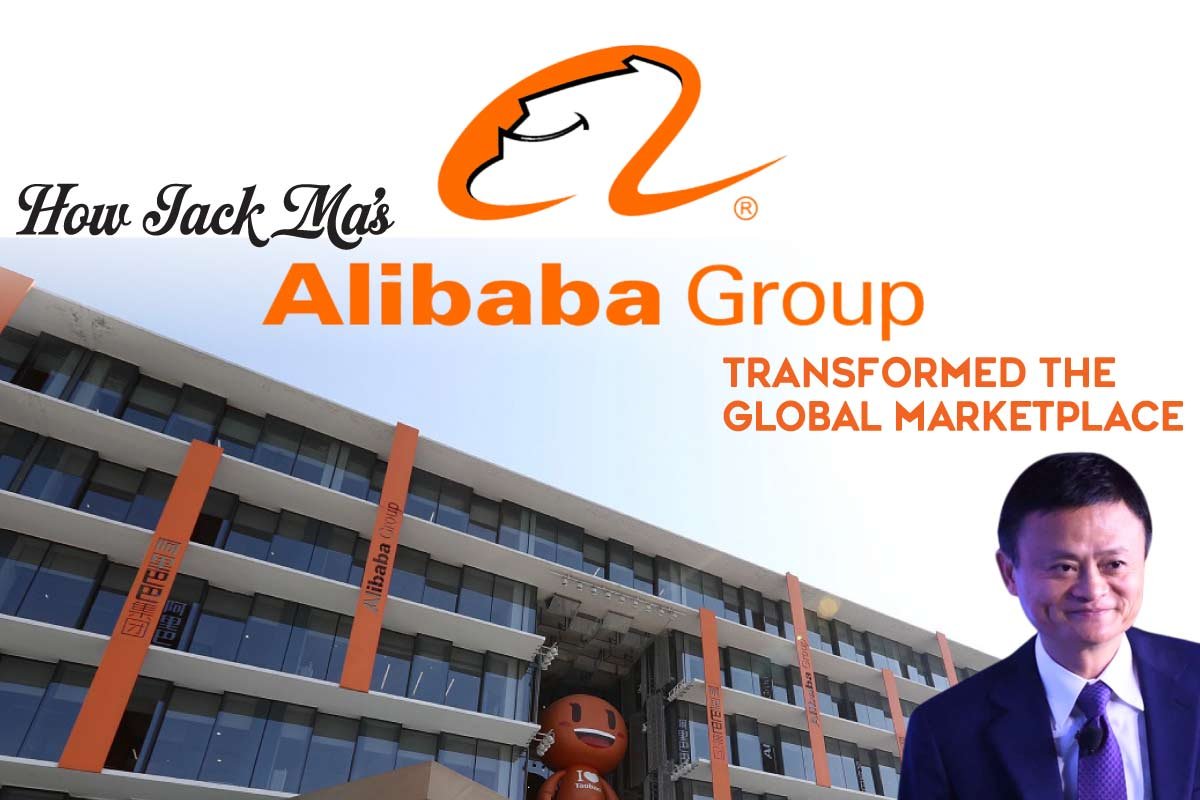Speaking of pharma giants, Johnson & Johnson comes into the mind without any second thought. A brand so enormous, that it’s impossible to miss it. From skin-care products, consumer products, medical devices, prescription pharmaceuticals, and hair-care products, they have it all. Headquartered in New Jersey, Johnson & Johnson was founded by three brothers in 1886. Robert Johnson, James Johnson, and Edward Johnson. They started by selling ready-to-use sterile surgical dressings. The common stock of the component is the component of the Dow Jones Industrial Average, and the company is ranked at number 40 on the 2023 Fortune 500 companies list of the United States Corporations.
In 2023, the company split off its consumer healthcare business sector into a new publicly traded company called as Kenvue. It is exclusively focused on developing and producing pharmaceutical prescription drugs and medical device technologies. Johnson & Johnson is the world’s most valuable company and has a prime credit rating of AAA.
The company has a long history of innovation and product diversification designed to improve human health and well-being. Via mergers, acquisitions, and the formation of new companies, Johnson & Johnson has become the world’s largest healthcare company. At present, the company employs approximately 1,19,000 people in more than 57 countries. It sells products in more than 175 countries and serves the pharmaceutical, consumer, and medical devices and diagnostics market. The focus is research-based and to build technology-driven products.
Start Thinking About Purchasing J&J’s Stocks! Here’s Why:

Johnson & Johnson has reported more than two decades of double-digit revenue earnings. The returns provided by the company to its shareholders are impeccable. Over the past 5 years, the returns for shareholders have averaged almost 30%. The CAGR of the company over 10 years shows the shareholder returns exceeding other indices. Some reasons for shareholders to be satisfied are:
- Johnson & Johnson has issued dividends to shareholders every quarter since 1944.
- Sales figures have been on a constant rise for 75 years.
- Dividends have been on the rise for 46 consecutive years.
- The company was ranked in the 36th position on the 2007 Fortune 500 companies list.
- The investment returns for shareholders have averaged more than 17% over the past 20 years.
Marketing Strategy of J&J:
Johnson & Johnson is one of the best multinational corporations that operates in various sectors like healthcare, pharmaceutical, consumer goods, and more. The company’s products treat a wide range of conditions like cancer, cardiovascular disease, and infectious diseases. It leads the medical device industry too. In the context of global marketing strategy, the company has kept up with the times and has established a strong network for distribution purposes.
Let’s go through some marketing strategies of J&J:
1. Branding and trust building:
A strong brand that shows continuous growth is bound to make it big. Despite the fierce competition in the market, Johnson & Johnson has been successful in raising the bar constantly. Consumers love relatability and emotional connection when they see a commercial. The “Band-Aid Brand” campaign did just that. The company prioritizes authenticity to the fullest. Any type of customer issues are addressed immediately which depicts accountability and integrity.
2. Innovation and Research:
Johnson & Johnson holds high regard for research and innovation as part of its marketing strategy. It invests heavily in R&D to develop products that solve consumers’ issues daily. E.g. the Ebola vaccine. It was developed rapidly in a short period in response to the 2014-2016 West African epidemic. The company conducts regular clinical trials and evidence-based marketing to support the potency of its products. The company acknowledges the fact that ideas can be generated from anywhere and everywhere. Hence, they encourage external contributions via crowdsourcing platforms like InnoCentive and JLabs. Intellectual Property Rights are significantly regarded as for securing patents, trademarks, and copyrights.

3. Multi-channel marketing:
Multi-channel marketing is an inclusive approach that makes use of multiple communication platforms and points of contact. The brand’s omnipresence on digital mediums like social media, online channels, search engines, and e-commerce websites makes the brand reach a humongous number of people. The engagement rates and visibility of diverse audiences are immense.
4. Partnerships and Collaborations:
Research collaborations with academic institutions, research organizations, and non-profit firms come together with Johnson & Johnson to conduct in-depth research and scrutiny to develop innovative solutions to face medical challenges. Alliances with distributors, wholesalers, and retail chains around the globe prove significant in capturing the attention of a global audience. These partnerships provide mutual benefits to leverage their respective strengths and networks.

Competitors:
1. Pfizer
- Product type: Pharmaceutical and medical equipment
- Industry: Healthcare
- Revenue: $12.734B (June 30, 2023)
- Market Cap: $191.62B (September 11, 2023).
Pfizer is one of the largest pharmaceutical and research-based companies. It manufactures vaccines and medicines for many areas of medicine including oncology, cardiology, immunology, diabetology, and many more. To manage its commercial operations the company gets help from its two business segments, namely, Pfizer Innovative Health, and Pfizer Essential Health. The company has an excellent R&D wing that comes up with excellent and innovative products.

2. Novartis
- Product Type: Pharmaceutical and medical equipment
- Industry: Healthcare
- Revenue: $13.936B (June 30, 2023)
- Market Cap: $210.35B (September 12, 2023)
Novartis is a Swiss pharmaceutical company headquartered in Basel, Switzerland. It is considered as one of the largest in the pharmacy sector by sales and market capitalization. It produces medicines for respiratory and infectious diseases, neuroscience, dermatology, urinary issues, visual issues, and animal health problems. The main focus of Novartis is to research, develop, and promote thoughtful products related to medicine that will help to cure the suffering of people and help them lead a better quality of life.

3. Bayer
- Product Type: Pharmaceutical and medical equipment
- Industry: Healthcare
- Revenue: $15,445B (March 31, 2023)
- Market Cap: $54.19B (September 2023)
A life science, and pharmaceutical company, based in Germany, Bayer, is headquartered in Germany. It is a multinational company with its core skills in the life science fields of agriculture and healthcare. The organization’s main business idea includes veterinary, human medicines, agriculture chemicals, and biotechnology products. The organization’s main strength lies in the products related to pediatric vitamins and dietary supplements which have a total share of 25%.

4. Merck
- Product Type: Pharmaceutical and medical equipment
- Industry: Healthcare
- Revenue: $15.035B (June 30, 2023)
- Market Cap: $275.57B (September 12, 2023).
One of the largest pharmaceutical companies in the world, Merck is headquartered in the United States. It was founded in the year 1891; it is a global healthcare company. The company provides various health solutions through its vaccines, medicines, and animal health products. The Animal Health segment produces and sells animal health products, including vaccines. They are sold to animal producers, veterinarians, and distributors. The Company’s Healthcare Services offer services and solutions that will focus on engagement, health analytics, and clinical services.

5. Roche
- Product Type: Pharmaceutical and medical equipment
- Industry: Healthcare
- Revenue: $69.608B (2022)
- Market Cap: $231.58 Billion (September 2023)
The Swiss healthcare company, Roche operates worldwide under two divisions i.e. Diagnostics and Pharmaceuticals. Roche is one of the pioneers to commence targeted treatments for patients. With its strength in pharmaceuticals and diagnostics, the company is prepared well to promote customized healthcare. Two-thirds of the diagnostics projects are based on their research and development. The company boasts of producing a variety of antiretroviral drugs and HIV tests.
Competitive Advantage:
1. Heavy investments in research and development:
Johnson & Johnson spends a huge amount on research and development which is a key factor. To develop new products and technologies, that improve the patient results and to meet unmet medical needs the amount of investment becomes mandatory. The investments are focused on therapeutic areas like oncology, neuroscience, infectious diseases, and immunology.
2. Thorough Global Reach:
With operations in over 60 countries, Johnson & Johnson has a global reach. This presence allows the company to access a diverse range of resources and markets. It diminishes the dependence on a single region. The extensive reach helps the company to target a diverse audience, unlike its competitors, who have targets region-wise.
3. Excellent Supply Chain Management:

The heavy investments in technology and processes improve the efficiency of the supply chain. Johnson & Johnson’s competitive advantage also accommodates its effective supply chain. It allows the company to manage costs and respond quickly to the market demand. It is an important factor for fields like healthcare, where speed and availability are quite vital.
4. Innovative Culture:
The company has a legacy of innovation with many groundbreaking products and technologies that have transformed the healthcare sector. The innovation culture is backed by collaborations and partnerships, academic institutions, research organizations, and other companies. By adhering to an innovative culture, Johnson & Johnson can continue to bring new products and technologies to the market that address the unmet medical needs of the people.
Weaknesses of J&J:
1. Litigation risks:
The company faces potential litigation risks from various government investigations that can result in high costs and damage its reputation. As the litigations go on for a prolonged period, the news spreads globally, directly affecting the consumption of the products and resulting in low sales volumes.
2. Product recalls:
The company has often faced recalls which has impacted its reputation and financial performance. Handling the product recalls is a daunting task for the customers, as they don’t get to use the product and have to return it. It becomes a hassle for them.
3. Slow growth in some segments:
The pharmaceuticals segment has seen sluggish growth in recent years due to increased competition and pricing pressure. It has impacted the company’s overall growth in terms of sales figures.
4. Currency risks:
Johnson & Johnson has its operations in various countries and is exposed to currency risks that can impact its financial performance. The exchange rates may shift from one number to a different number abruptly. So it is risky for the company to carry out smooth business in all the functioning areas.
5. Patent expirations:
Some of the important products of the company suffer from expired patents that have led to increased competition and pricing pressure.
Conclusion:
Johnson & Johnson is a brand that has a legacy of its own. Sustainability and continuous efforts towards research and innovation are a culture nurtured at all times. The company knows its priorities straight and remains stuck to them no matter what. The company’s commitment to consumer safety is impeccable. Crisis communication is also an element to learn from the brand. Sustained trust and resilience is what it is known for.


















